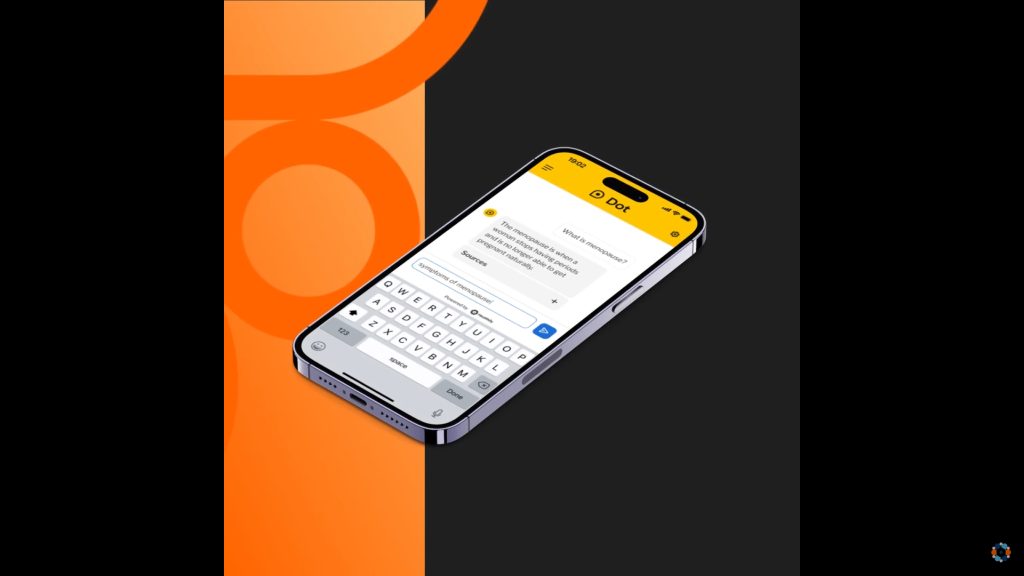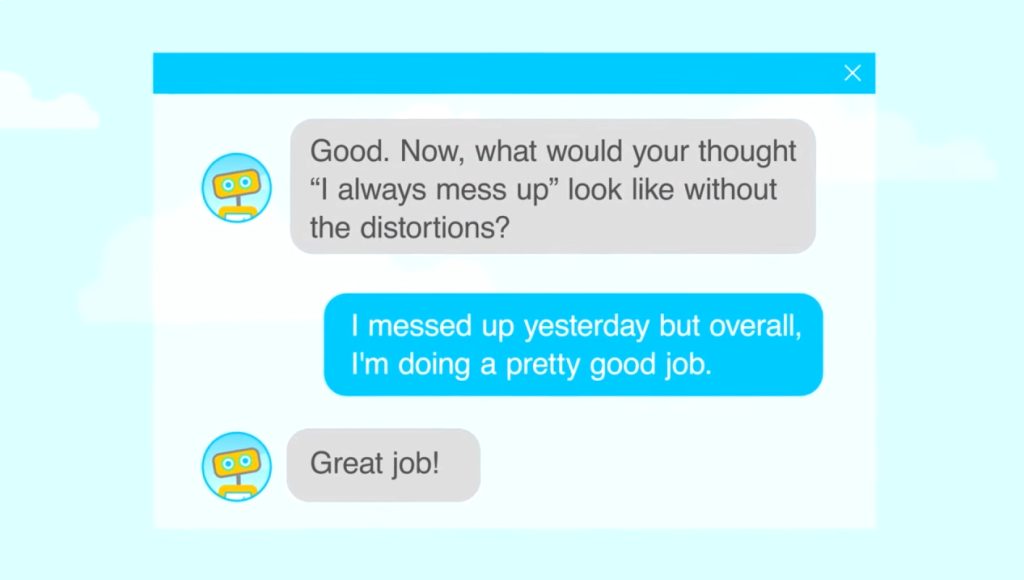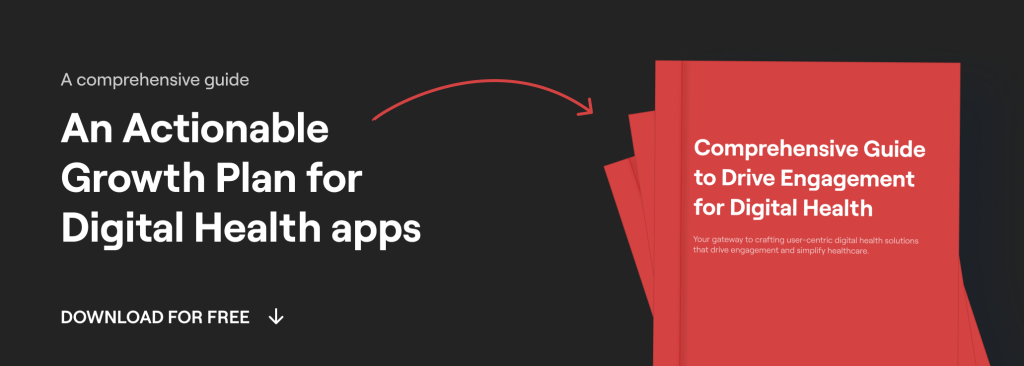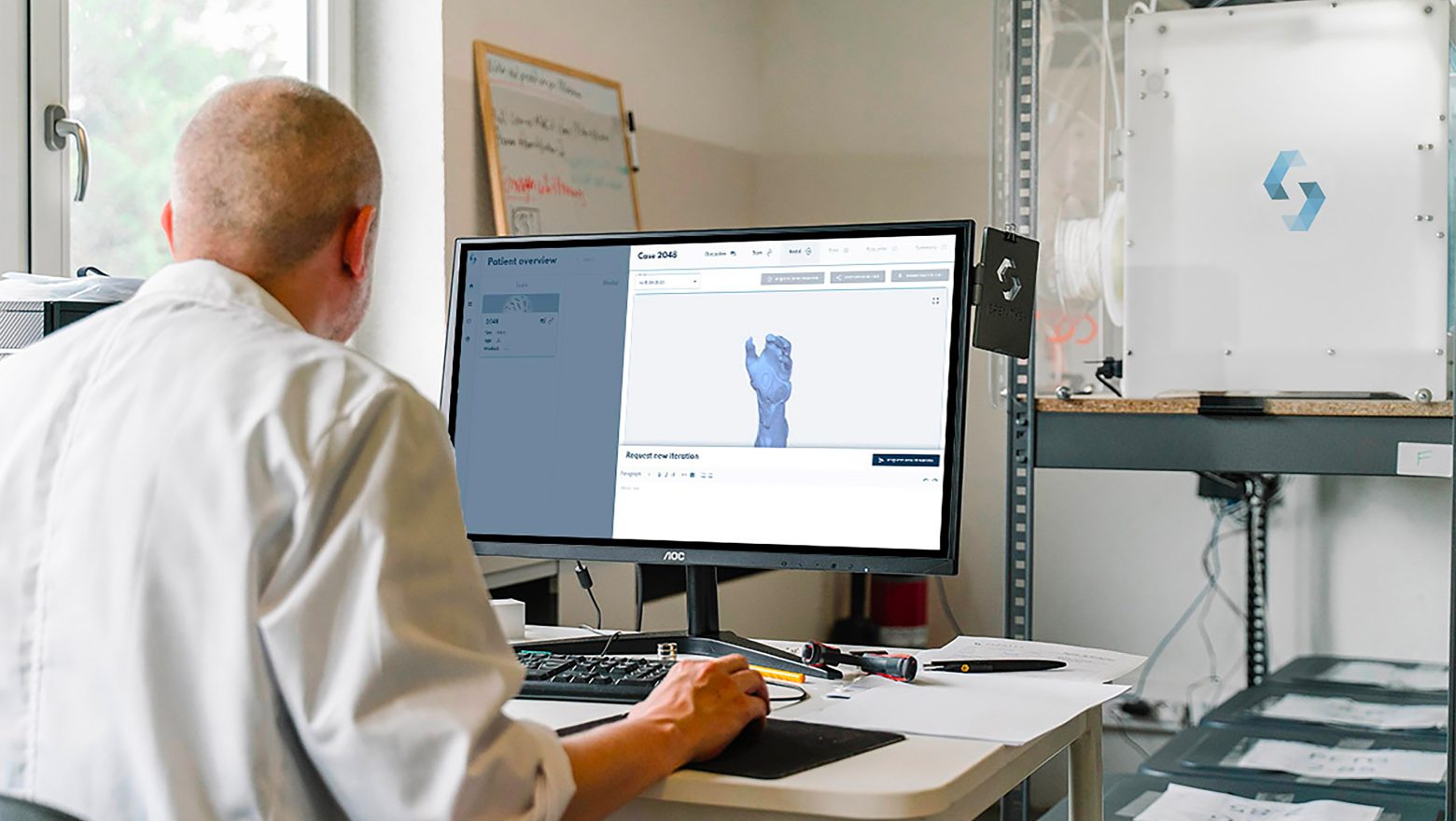Chat GPT is probably the most popular development that gained traction in late 2022. Now, many professionals actively use this tool to simplify and speed up their work (without losing effectiveness). From reducing doctors’ workloads to enhancing patient care, ChatGPT stands as a testament to technology’s transformative role in health services.
What makes this tool a standout in healthcare is its alignment with health and data equity. By offering personalized care and accurate health information, ChatGPT helps bridge the gap in healthcare accessibility and ensures that medical data reflects the diversity of patient needs and backgrounds.
Ultimately, GPT even does a great job supporting the patient’s emotional state if the person is deeply concerned about their ailment.
In this article, we dive into the diverse applications of ChatGPT in Digital Health, showcasing its impact in:
1. Chatbots & Virtual Health Assistants
2. Mental Health Support
3. Patient Engagement and Education
4. Telemedicine Support & Human Behavior
5. Remote Monitoring and Health Tracking
We also shed light on the challenges and barriers this technology faces, paving the way for a more informed and inspired approach to integrating ChatGPT into health products.
So let’s explore how Chat GPT is reshaping the very essence of patient care and health information accessibility.

1. Chatbots & virtual health assistants
So let’s see Chat GPT healthcare use cases. GPT can act as a chatbot for preliminary diagnosis, appointment scheduling, and answering frequently asked questions.
For example, Anil Gehi, MD, an associate professor of medicine and cardiologist at the University of North Carolina at Chapel Hill, conducted a test on GPT-4, yielding impressive results. The professor provided the chatbot for a medical app with a patient’s recent symptoms and medical records, deliberately using advanced medical terminology to challenge it.
GPT-4 prescribed the same treatment course that he and other medical professionals would have recommended. When the process was repeated with other patients, the results remained accurate. So they work like virtual health assistants.
Also chat GPT for a health app can serve as a virtual assistant to provide information about symptoms, offer basic health advice, and schedule appointments. For example, Healthily Unveils Dot™ has such features.

Image Credit: youtube channel ”Healthily”
Another example uses a similar technology. Buoy Health’s chatbot employs Chat GPT-4 to conduct symptom interviews with patients and provide potential diagnoses.
And these creative applications of GPT not only simplifies patient interactions but also alleviates the workload on healthcare professionals.
2. Mental health support
Ghadeer Al Ruwaishedi, a healthcare innovation enthusiast and machine learning researcher, will tell us how much AI has advanced in this area.
Ever wished for a friend who’s there for you 24/7, offering a listening ear and thoughtful advice? That’s the magic of ChatGPT in mental health support. Picture this: a friendly chatbot, always ready to talk, understand, and guide you through tough times. No judgment, no waiting lines, just instant support whenever you need it.
Your mental health isn’t just about what’s going on in your mind; it’s about your whole world. This is where the concept of Social Determinants of Health (SDOH) comes into the picture. Think about it – your environment, your social circle, your daily challenges – they all shape your mental state.
Socioeconomic status can significantly impact access to mental health care. Those from lower-income backgrounds may face barriers such as cost, lack of insurance, and limited availability of services.
Here’s where Ginger.io, now a part of Headspace Health, steps in. Offering solutions that consider the financial and social barriers individuals might face.
It’s like having a mental health detective that uses AI to pick up clues from your lifestyle and offers care that’s just right for you. Since merging with Headspace, the platform has become a powerhouse of mental wellness, combining therapy, mindfulness, and personal care into a unique blend.
Another example: cognitive-behavioral therapy that can be instrumental for individuals dealing with anxiety or depression. The chatbot can guide someone through progressive muscle relaxation exercises to address their symptoms and alleviate stress and tension.
Additionally, the chatbot for a medical app could offer a comprehensive suite of cognitive-behavioral therapy exercises, including techniques like thought challenging and exposure therapy, to aid users in managing their symptoms over time. It could also provide personalized feedback and coaching to enable users to apply these techniques in their daily lives.

Image Credit: youtube channel “Woebot”
So, whether you’re dealing with stress, seeking peace of mind, or just need someone to talk to, the fusion of AI with an understanding of your life’s context is here to transform mental health care. The focus on data equity, especially concerning socioeconomic status, is more than just a technological advancement; it’s a step towards a more just and empathetic world where mental health support is accessible and relevant to everyone, no matter their economic standing.
3. Patient engagement and education
Also GPT can create interactive content to educate patients about their conditions, treatment options, and medication instructions. It can be used to create training materials, simulate patient-doctor interactions for students, and provide learning resources.
Imagine a student struggling with stress and burnout. He could seek advice from the chatbot on managing their workload and prioritizing self-care.
The chatbot could present interactive educational content, like quizzes or videos, to engage users and enhance their understanding of mental health. It could also customize its educational content to the user’s learning style or cultural background for improved comprehension and engagement. It is example of good CX (customer experience).
If you want to delve a bit deeper into this topic, we’ve also created a comprehensive guide on how to boost CX and user engagement:
1. Our best CX (UI/UX) practices to make an app not just used but loved
2. Product strategies to drive retention and engagement
3. Our best Engineering practices to build scalable solutions
4. Tips to ensure compliance with healthcare regulations

Download Free Actionable Insights to Grow your Digital Health app
About example of patient engagement: K Health uses AI to communicate with patients, but the goal is to educate and explain how to deal with their issue. And by the way, their AI has completed over 10 million Medical Chats and it really creates trust and engagement for these users.
How K Health AI works
4. Telemedicine support & human behavior
Chat GPT for doctors: GPT can assist healthcare providers by facilitating communication with patients before or during telemedicine consultations.
Unlike the first point in this article, here the progress goes further, involving AI that not only provides basic advice and identifies a disease by symptoms but also emulates human behavior.
For example, Dr.A.I.™ from HealthTap efficiently collects extensive patient data through a conversational interface that mimics human interaction. It then condenses and presents this information to HealthTap doctors in a clear, organized manner just before the online consultation.
With patient intake interviews enhanced by GPT-4, HealthTap doctors have the opportunity to allocate more time towards delivering tailored care.

Image Credit: youtube channel ”HealthTap”
In addition, do not forget about AI-powered decision support: GPT can offer suggestions to healthcare professionals based on available patient data and established protocols.
All of the above helps increase the throughput of doctors and the number of patients we were able to assist.
5. Remote monitoring and health tracking
And the last one: GPT can facilitate communication between patients and remote monitoring devices, providing real-time feedback and advice.
The chatbot for a medical app or platform monitors an individual’s mental health journey over time. For example, a person with bipolar disorder could use the chatbot to track their mood and medication adherence, receiving personalized recommendations for managing their symptoms.
Also GPT could employ machine learning algorithms to analyze user data and offer tailored suggestions for addressing problem health symptoms. It could also deliver regular progress updates or engage users in goal-setting exercises to keep them motivated and committed to their health care.
This is a pretty revolutionary branch, so at the moment there are not so many examples specifically with GPT. As an example, we can mention the product OmniAGI.ai, which is currently in development.
OmniAGI.ai has dedicated efforts to develop LLMs (#rpmgpt) and has introduced the OmniSmart AI Agent. This agent is designed to collect, process, and train data (utilizing a private gpt) from diverse sources, encompassing SDoH, wearable devices, and patient-reported outcomes (PROs).
The objective is to correlate this information with an electronic health record (EHR), empowering healthcare providers to make well-informed diagnoses.
This data proves invaluable in monitoring patient health and pinpointing potential concerns. Patient-reported outcomes (PROs) offer insights into how a patient is feeling or functioning due to their health condition.
These reports originate directly from the patient, devoid of interpretation by a clinician or any intermediary. PROs serve as valuable tools for evaluating a wide array of health-related aspects. And a similar approach is aimed at improving patient outcomes.
Challenges
With great power comes great responsibility, and AI in healthcare is no exception.
1. AI paternalism: AI stepping into roles like mental health support or patient education. Sounds fantastic, right? But, hold that thought. There’s a tricky side to this – AI paternalism. It’s when AI starts making calls that we humans should be making.
2. Model biases: AI can also unintentionally lean towards certain views or opinions. This is a big deal because it could lead to unequal treatment in healthcare.
3. Regulatories: Regulations on using AI in healthcare are still being figured out. These rules are super important for keeping patient information safe and deciding how much AI should be involved in important health choices.
Conclusion
As ChatGPT redefines healthcare, bringing advanced AI to our fingertips, it’s crucial to navigate this new terrain thoughtfully. While it opens up avenues for personalized care and efficient patient support, it also brings challenges like AI paternalism and data biases. Balancing AI’s innovative potential with ethical use and regulatory compliance is key. In embracing this AI revolution, our focus must remain on augmenting human expertise with AI, ensuring equitable and compassionate healthcare for all.
By the way, here we’ve also covered how to implement AI in healthcare apps

And we hope this article was useful for you!
Who we are? We are a digital health product studio, who transforms healthcare digital experiences and sets new standards for delivering digital healthcare in a way that positively impacts people’s lives.
We assist healthcare startups in designing and developing digital products, while also helping healthcare organizations undergo transformative changes.
If you are interested about our experience check our portfolio with case studies by the link or you can read more about us here.
And write to us now on m@nozomihealth.com and we will discuss how we can help ensure that your product brings real benefits







